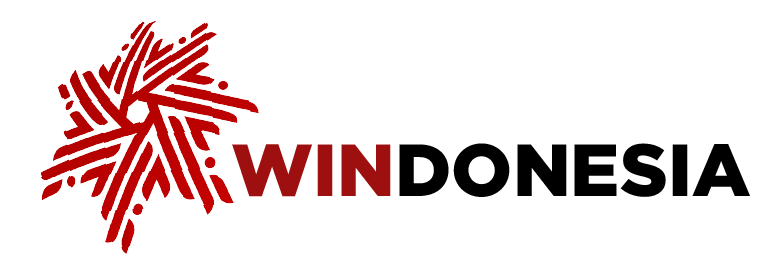City
South Jakarta
South Jakarta – Urban living, economic rebound, investment opportunities
The municipality of South Jakarta is bordered by Central Jakarta to the north, East Jakarta to the east, West Jakarta to the west, and Depok to the south. Geographically, it is distinguished by a mix of urban and suburban landscapes. The area is characterized by a significant amount of green space, including several parks and recreational areas, such as Ragunan Zoo and the urban forest park of Cipete. Socially, South Jakarta is home to a mix of affluent neighborhoods, expatriate communities, and middle-class residential areas.
Prominent neighborhoods include Kebayoran Baru, known for its upscale residential and commercial zones, and Kemang, popular among expatriates for its lively nightlife and dining scene. The district is a melting pot of cultures, with a variety of international schools, cultural centers, and community activities catering to both locals and foreigners.
The investment climate in South Jakarta is robust, driven by its strategic location, developed infrastructure, and dynamic business environment. The region has become a magnet for both domestic and international investors, particularly in property, retail, and the service industry. High-end shopping malls, along with numerous office buildings and hotels, reflect the area's economic vitality.
South Jakarta’s economic landscape remains steady, as it has been rebound since its first contraction in 23 years in 2020 due to the COVID-19 pandemic. Following its first contraction in 23 years in 2020, economic growth, which had remained positive in the preceding three years, is showing signs of recovery after the downturn induced by the COVID-19 pandemic.
In 2023, the Gross Regional Domestic Product (GRDP) at current prices saw an increase, reaching Rp 792.61 trillion. In nominal terms, this represented a growth of Rp 61.91 trillion compared to 2022. Not only did the GRDP at current prices increase, but the GRDP at constant prices also saw a rise. In 2023, it amounted to Rp 475.81 trillion, compared to Rp 451.77 trillion in 2022, indicating a growth of 4.96 percent over the previous year. The three categories with the largest contribution to the municipality’s GRDP are Wholesale and Retail Trade; Car and Motor Vehicle Repairs; Financial and Insurance; and Information and Communications. The total contribution of the above-mentioned categories is 43.30 percent of the total GRDP.
Show more